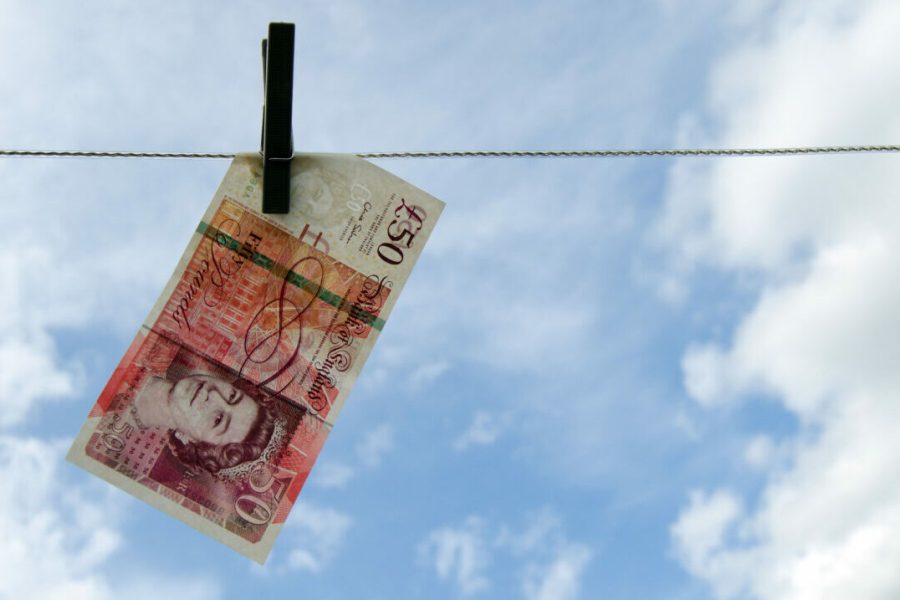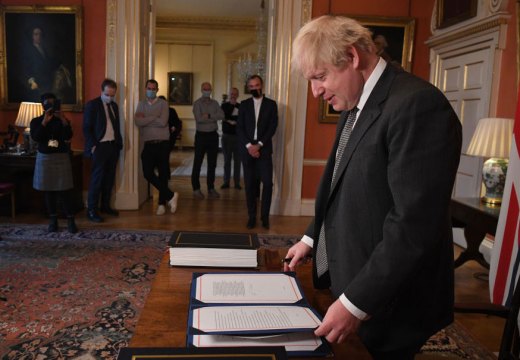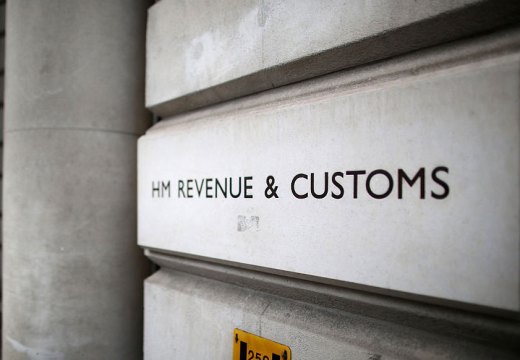Time flies when you’re having fun, or so they say. It may come as a surprise to learn that more than 18 months have now passed since the UK’s new anti-money laundering (AML) rules came into force. The regulations imposed significant new AML-related obligations on art-market participants (a term which includes those who trade in, or act as an intermediary in, the sale and purchase of works of art with a value of 10,000 euros or more). At the time the new laws came into force, there was some uncertainty over how exactly these obligations should be met, and the true extent of the money laundering risks presented by the UK art market. A year and a half on, have these questions been cleared up – and how are art businesses faring?
In June 2021 the government published a new AML risk assessment specifically for art-market participants to assist them in identifying the key risk indicators in their businesses. This guidance provides some helpful clarity in terms of how some of the new AML laws should be applied and how the government currently assesses the risks of money laundering in the UK art market. Art-market participants would be wise to read the short document in full. (Interior designers may be surprised to read that they too may be regulated for AML.)
This guidance follows on from the UK National Risk Assessment of Money Laundering and Terrorist Financing of December 2020 in which the risk posed by art-market participants was assessed for the first time and was found to be ‘high’. The same conclusion was also reached in the latest guidance, which claims that it is ‘too early’ for the government to fully assess the impact of the implementation of the new AML laws for the art market. Indeed, the guidance states that ‘the use of illicit funds to buy, then sell high value goods is one of the oldest, and most common elements in money laundering and terrorist financing methodologies’.
As dealers will no doubt know by now, broadly speaking the new AML laws oblige art-market participants to conduct what is referred to as ‘customer due diligence’, put in place related systems and controls (including a business risk assessment and AML policy), and to train their staff to comply with their AML legal and regulatory responsibilities. By properly carrying out these obligations dealers can both reduce the risk of their business inadvertently becoming involved with money laundering (with the consequent legal and reputational risks) and reduce the risk of becoming liable for the criminal offence of ‘failing to disclose’ money laundering.
In the recent guidance, the government highlights another potential reality for anyone inadvertently getting involved with money laundering. The guidance states: ‘It is vital that [art-market participants] understand and meet their obligations […] to protect themselves, their families and their communities from the dangers of infiltration by criminals. Any weakness in the controls the business uses may be exploited by criminals who will seek to use, coerce or control the [art-market participant] to move more of their illicit money.’ In other words, if you are unfortunate enough to inadvertently be involved in a money laundering transaction you could find yourself pressurised into an ongoing relationship with criminals from which it is difficult and dangerous to extract yourself.
Art dealers implementing AML controls for the first time might understandably attempt to reduce the complexity of the legislation into a box-ticking exercise. However, a more holistic approach to AML controls is required for proper implementation. As a lawyer, I encourage my clients to try to understand (conceptually) what money laundering is, to learn to recognise the red flags and to think about the potential risks their business may be subject to. Only then can they properly determine how to perform appropriate customer due diligence in each circumstance. In my view, understanding how to conduct a risk assessment is the key, not only to implementing the law properly, but also to making the process more user-friendly.
Many dealers have invested in subscriptions to databases which, to a greater or lesser degree, can assist with customer due diligence procedures in terms of verification and checks. Some, such as Arcarta, operate an online platform which collects buyers’ documentation as part of the payment process. Others, such as World-Check, Experian and Acuris, conduct broad searches of databases. It is important to remember that, irrespective of such outsourcing, the responsibilities for conducting appropriate checks remain with the art-market participants. They must collect the necessary information and verification documentation and keep it in their own records for the requisite period (typically five years). They also need to understand each transaction and identify each client in order to conduct risk assessments and to potentially perform ongoing customer due diligence, and to spot linked transactions. Therefore, complete delegation is not an option.
Art dealers should be clear at the outset of any agreement with an outsourced provider as to the scope of the checks they will undertake. For example, are they checking for politically exposed persons and sanctioned individuals? If so, against which lists, and how often will those lists be updated? It would also be wise to ensure that all necessary data protection considerations have been addressed when subscribing to an outsourced provider of customer due diligence services.
Art-market participants are allowed to place ‘reliance’ on the customer due diligence carried out by appropriately supervised third parties (such as another UK-based art market participant) in certain circumstances (see the ‘reliance procedure’ set out in Regulation 39 of the Money Laundering Regulations). However, the guidance published in June highlights that there has been ‘some misinterpretation’ of the use of reliance. With helpful clarity, it confirms that the detailed criteria set out in the legislation must be adhered to. This includes requirements relating to the identity of the third party (that they are carrying on business in the UK and subject to the requirements of the AML regulations; or, if carrying on business overseas, that they are subject to equivalent legislation in another country). Art-market participants must also immediately obtain from the third party being relied upon all the information needed to satisfy the requirements of the regulations around customer due diligence. A written agreement must be put in place that all the documents obtained by the third party will be provided immediately on the request of the other party. It also confirms that where reliance is placed on a third party you will need to know the identity of the customer or beneficial owner (and the level of client due diligence that was conducted on them).
This confirms something I have found myself explaining to many art dealers over the last year or so, despite much incredulity: the principal’s identity does need to be revealed even if the reliance procedure is used. That said, I have also come across a number of reliance arrangements (backed up with stringent confidentiality obligations) being properly put in place between UK-based businesses.
In my anecdotal experience, the art market has approached the new AML regulation in a responsible fashion. This is particularly commendable at a time when the market has also had to manage the challenges of Brexit and Covid-19. Generally, art businesses have put systems and procedures in place, and they have been willing (even if not necessarily keen) to understand their AML responsibilities.
Of course, for some, the sales they make are straightforward, and the risks are clearly low. Perhaps the most difficult impact of the new AML laws has been on sole traders who make the occasional big sale, but who do not feel like big hitters, whose deals often involve an international chain and practice has typically dictated that clients’ identities are kept confidential. They know that their deals can easily fall over, and that they can be cut out of transactions due to the briefest exchange during a chance meeting in an auction-house lobby. That said, these are clearly the types of deals that typically present some of the highest money-laundering risks, and, whether such art dealers like it or not, they do need to fully engage with their new AML obligations. Where an agent is sourcing a work on behalf of a client or representing a seller, customer due diligence would also of course assist in reducing the risks around provenance and authenticity. A greater use of non-circumvent agreements (containing confidentiality undertakings and clear commission terms) may have to be the answer for these dealers who wish to have comfort that they will get paid on a deal.
The EU, like the UK, has confirmed a commitment to fight money laundering and terrorist financing, and it will not be long before the US has the art market squarely within the scope of its anti-money laundering laws. A broader international focus on AML should facilitate a change in culture and practices.
For any art businesses still not familiar with the new regulations, the latest guidance may be a wake-up call. As part of your customer due diligence, it states that ‘if you are dealing with another [art-market participant] you should check on GOV.UK whether the business is registered with HMRC for AML supervision. If not, you should not continue dealing with [them].’ It also instructs art-market participants to consider reporting this non-registration to HMRC and the National Crime Agency.
Sarah Barker is a Partner and Head of the Art Group at law firm Lee & Thompson LLP.
This article does not constitute legal advice and should not be relied upon. If you require legal advice in relation to any of the issues raised in this article, then specific legal advice should be sought on a case by case basis.
Unlimited access from just $16 every 3 months
Subscribe to get unlimited and exclusive access to the top art stories, interviews and exhibition reviews.














![Masterpiece [Re]discovery 2022. Photo: Ben Fisher Photography, courtesy of Masterpiece London](http://www.apollo-magazine.com/wp-content/uploads/2022/07/MPL2022_4263.jpg)
It’s time for the government of London to return to its rightful home